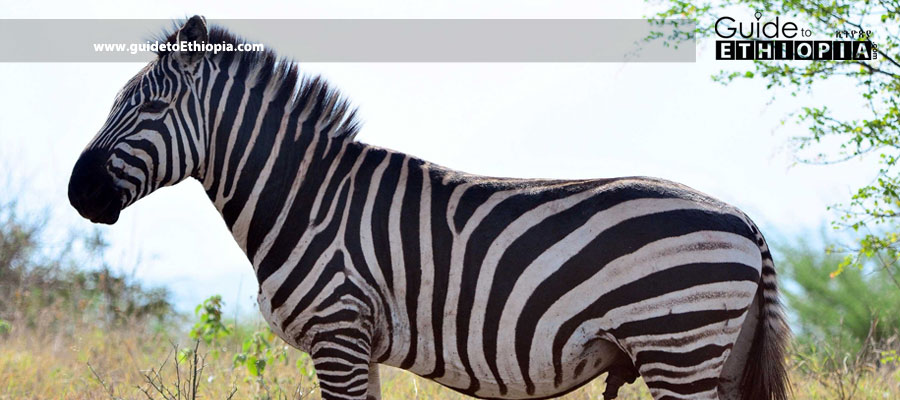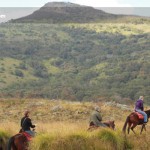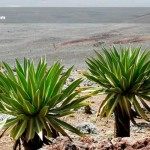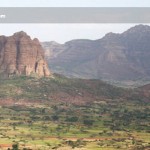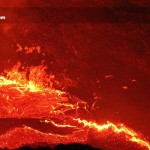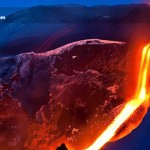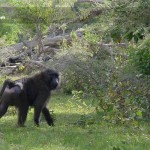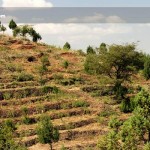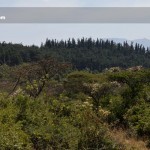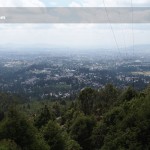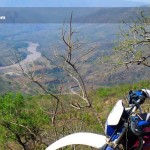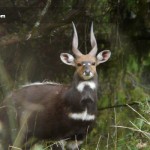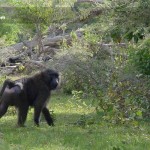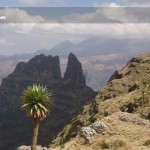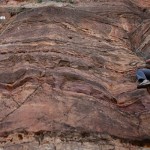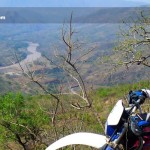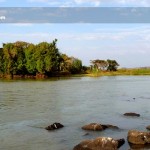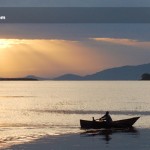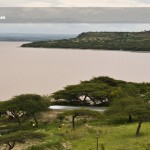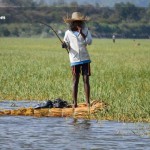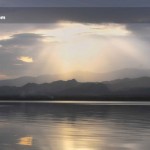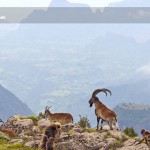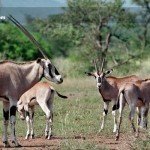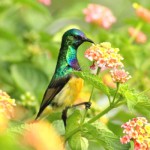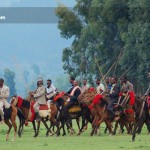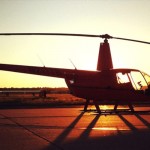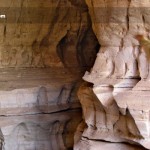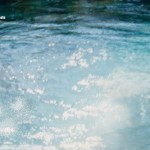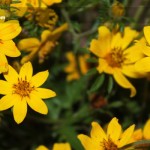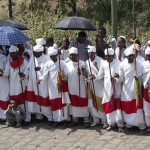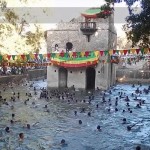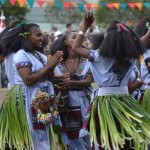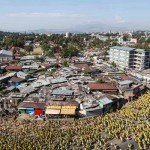If visiting the tribes of the South Omo Valley, it may be more convenient to visit Nech’sar (Nech’sar) National Park than Awash National Park. This is because just about all routes to the South Omo Valley pass right by the park through Arba Minch’ and often include at least one night’s stay there. The park is practically in Arba Minch’s backyard, encompassing the narrow, mountainous isthmus between lakes Abaya and Chamo as well as a lot more land on the far side of the lakes from the city. It is a beautiful park with Savanna, Groundwater forest, Acacia woodland, Dry bush, and Riverine forest.
If safari adventures were just about the big five, Ethiopia’s parks wouldn’t warrant a visit. However, some people would rather see a zebra or giraffe, which are not members of the so-called big five African safari animals; (than to see a water buffalo, which is one of the big five along with lions, elephants, rhinoceroses, and leopards). For some great zebra sightings, a trip to Nech’sar National Park to see the northernmost population of plains zebras is a good idea. It is here in this southern city’s backyard that the sight of Burchell’s zebras in one of the most scenic national parks in East Africa is pretty much a guaranteed treat. They can even sometimes be seen in herds of more than 100.
Different versions of many of the same animals in Awash National Park can be seen in Nech’sar. For example, instead of Soemmerring’s gazelle, Nech’sar has Grant’s gazelle. Instead of Salt’s dik dik, there are Guenther’s dik diks. Instead of grivet monkeys, there are vervet monkeys. There are also Anubis baboons, Colobus monkeys, Bushpigs, Warthogs, Greater kudus, Bushbucks, and Hyenas, among others.
Sadly, lions and Swayne’s hartebeest may be in the process of being extirpated from the park. To see the latter, it’s best to go to Senkele Wildlife Sanctuary or Maze National Park. It is also surprisingly easy to find a handful of antelopes at Abiata Shalla National Park on the west side of the road around Lake Langano. These include Grant’s gazelle, Greater kudu, Oribi, and Klipspringer.

